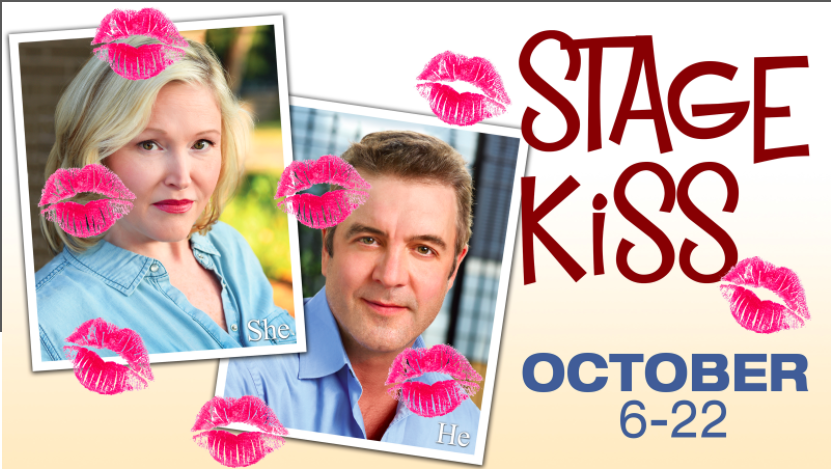Pieces of a connected Memphis riverfront are falling into place as one big project will open this weekend while another celebrates its first birthday.
A new segment of the Wolf River Greenway (WRG), which will open Saturday, bookends the walkable section of the Memphis riverfront to the north. Big River Crossing, the southern bookend, opened on this weekend last year and has seen hundreds of thousands of walkers, runners, and cyclists since then.
At 10 a.m. Saturday, officials will formally open a 1.2-mile paved trail of the WRG with speeches and a neighborhood festival. The new trail features asphalt and concrete paths that meander alongside the Wolf River with a boardwalk, picnic tables, benches, bicycle racks, and a bicycle repair station. The new trail will meet the Mississippi River Greenbelt Park trail on Mud Island right at the confluence of the Mississippi and Wolf Rivers, connecting the Greenway to the Memphis riverfront.
“Rivers often serve as boundaries, dividing communities from each other, but they are just as capable of bringing together towns, neighborhoods, and diverse cultures,” said Keith Cole, executive director of the Wolf River Conservancy (WRC).
The new site will be the western-most point of what will be a 36-mile WRG that will connect the Mississippi River in downtown Memphis to east Fayette County. By 2020, the Conservancy hopes to complete the rest of a $50 million, 25-mile trail along the Wolf River within the Memphis city limits.
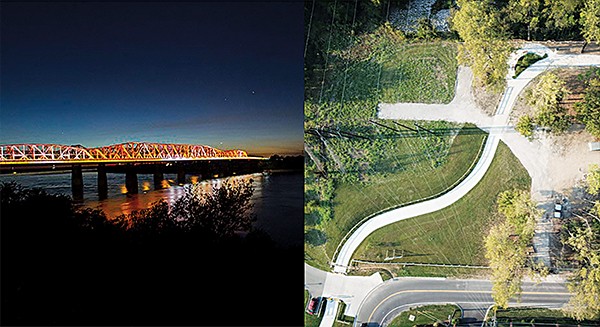
Big River Crossing & the Wolf River Greenway
City taxpayers will help build that Memphis portion of the trail. Maria Munoz-Blanco, the city’s director of parks and neighborhoods, said the project is “creating corridors of opportunity for people to go out and enjoy healthy and active living without barriers.” It’s also helping to clean up the city.
“Since construction on the trail began in 2016, the Conservancy, volunteers, and Greenway contractors have removed nearly 100 tires, countless bags of trash, and invasive plants to improve conservation values of the downtown site,” Munoz-Blanco said.
Down at the other end of the riverfront, Big River Crossing has settled into place as one of the city’s most popular places to escape outdoors.
Officials began working on the project back in 2014 and secured $17.5 million for the bridge alone but $43 million in total for a larger, 10-mile project that connected downtown Memphis with West Memphis, Arkansas. The bicycle and pedestrian span across the Harrahan Bridge opened Saturday, October 22, 2016.
As of early October 2017, 247,596 people have streamed across the roughly one-mile foot bridge. Of those, 85 percent were pedestrians and 15 percent rode across on bikes.
To celebrate its first year, officials are hosting the Big River Crossing Half Marathon + 5K on Saturday.
The half marathon will take runners from the foot of Beale Street on Riverside Drive, through South Main, across the river on Big River Crossing, through the Big River Trail on the Arkansas flood plain, along Dacus Lake, and then back over the bridge to Tom Lee Park.
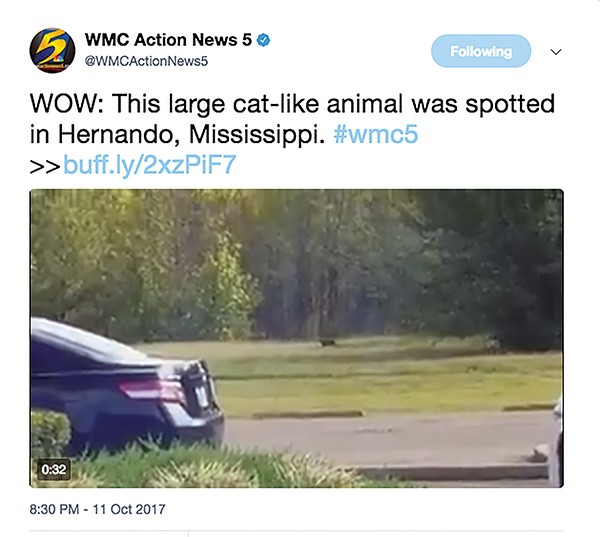
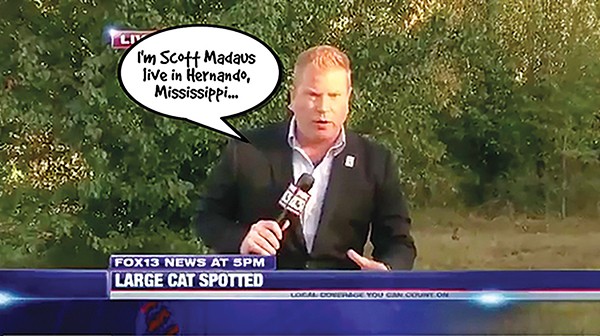
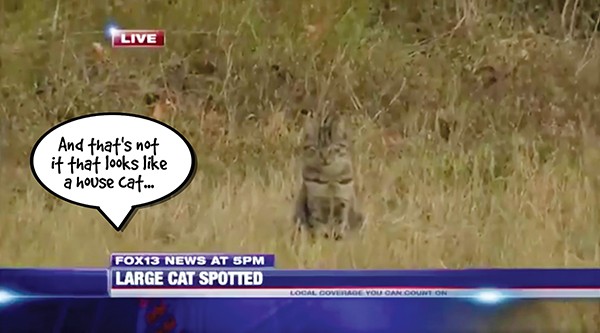
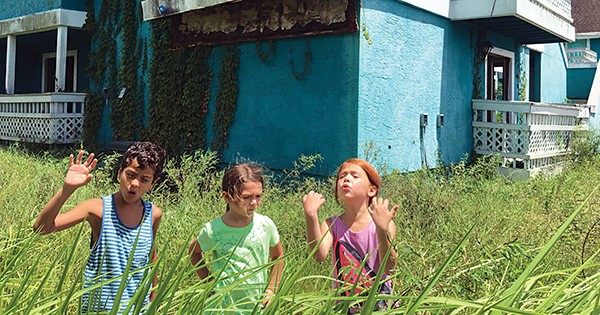
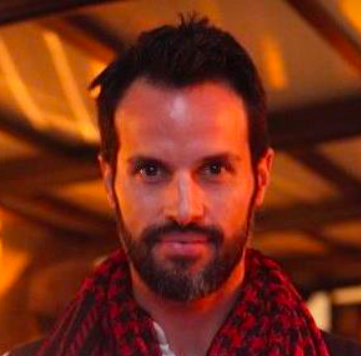 John Kirkscey
John Kirkscey 

